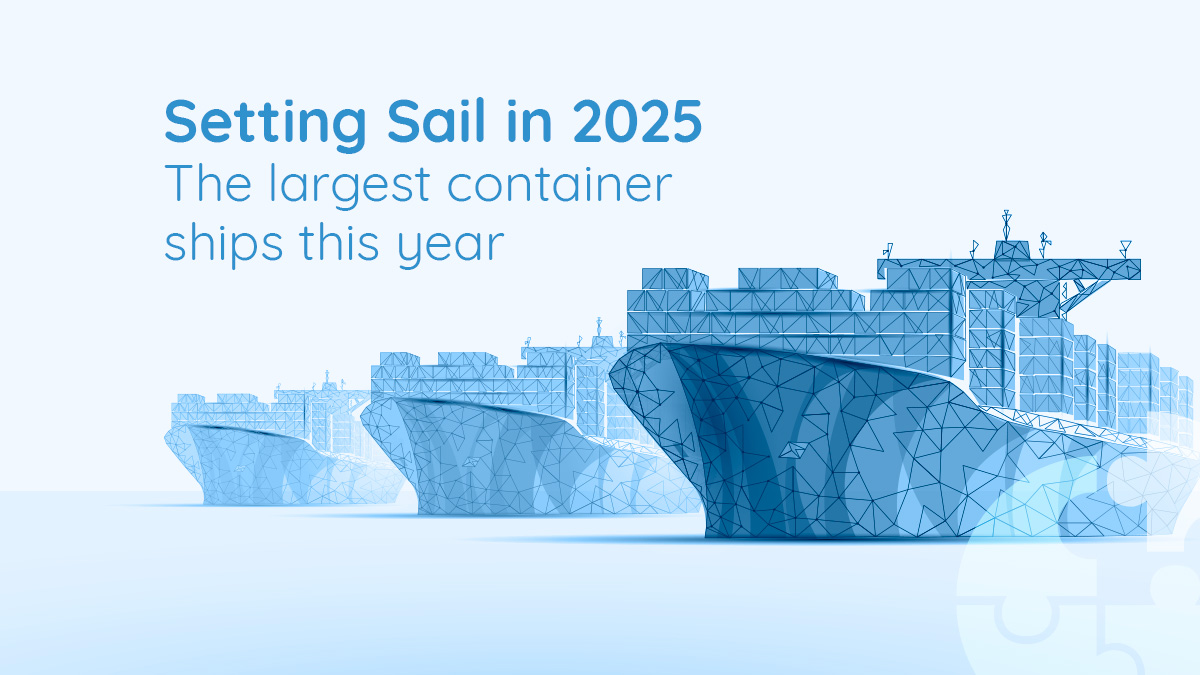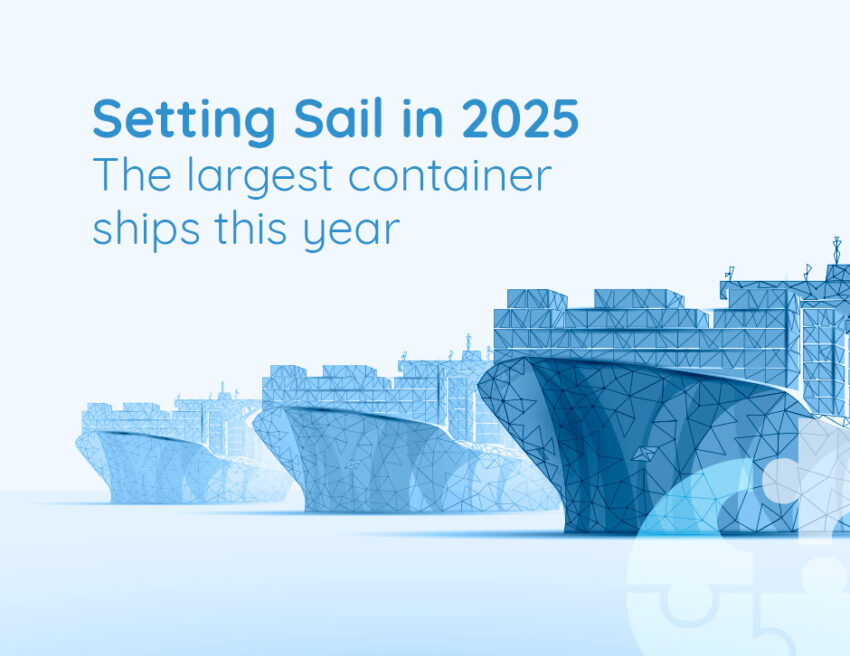MSC Irina & MSC Loreto – Capacity: 24,346 TEU
These two sister ships, operated by Mediterranean Shipping Company (MSC), are among the largest container vessels ever built, each boasting a staggering 24,346 TEU capacity. They incorporate air lubrication systems, which create a layer of air bubbles beneath the hull to reduce friction and improve fuel efficiency. Additionally, their dual-fuel engines can run on low-sulfur fuel to comply with global emissions regulations. With their massive size and eco-friendly design, these vessels set new standards in maritime transport.
MSC Michel Cappellini – Capacity: 24,346 TEU
Another new entrant to MSC’s growing fleet of ultra-large container vessels (ULCVs), the Michel Cappellini matches the size of its sister ships while offering optimized cargo handling efficiency. Its next-generation propulsion systems reduce emissions, and its enhanced hull design allows for greater stability and speed.
OOCL Spain – Capacity: 24,188 TEU
One of the most recent deliveries for Orient Overseas Container Line (OOCL), the OOCL Spain has set new records with its 24,188 TEU capacity. It is equipped with advanced navigational systems, including AI-powered route optimization, and fuel-efficient engines to reduce carbon emissions. As part of OOCL’s commitment to sustainability and digitalization, this ship represents the future of smart shipping.
ONE Innovation – Capacity: 24,136 TEU
Part of Ocean Network Express (ONE)’s latest fleet expansion, the ONE Innovation is a next-generation container ship that prioritizes efficiency and sustainability. The vessel features an optimized hull structure, low-resistance paint, and AI-driven fuel management systems to enhance performance. Designed to align with IMO’s decarbonization goals, it is a testament to the industry’s shift toward greener shipping.
Ever Alot – Capacity: 24,004 TEU
Built by Evergreen Marine Corporation, the Ever Alot was the first container ship to surpass the 24,000 TEU threshold, marking a significant milestone in maritime shipping. Its highly efficient fuel systems, energy-saving rudder design, and environmental performance monitoring tools make it one of the most advanced vessels in operation. This ship is a key player on major Asia-Europe trade routes, ensuring seamless global logistics.
HMM Algeciras – Capacity: 23,964 TEU
When launched in 2020, the HMM Algeciras was the world’s largest container ship, and it still remains among the top-ranking giants today. Operated by Hyundai Merchant Marine (HMM), this ship is equipped with scrubbers to reduce sulfur emissions, efficient cargo management systems, and reinforced hull structures to withstand extreme weather conditions. The HMM Algeciras remains an essential asset in transcontinental trade.
HMM Hamburg & HMM Oslo – Capacity: 23,820 TEU
These HMM mega-ships, close relatives of the Algeciras, continue to dominate Asia-Europe trade lanes. Featuring hybrid exhaust cleaning systems, digitized cargo tracking, and weather-resistant hull designs, they reinforce HMM’s position as a leader in large-scale sustainable shipping.
CMA CGM Jacques Saadé – Capacity: 23,112 TEU
A game-changer in the shipping industry, the CMA CGM Jacques Saadé was the first LNG-powered ultra-large container ship. With its lower carbon footprint, state-of-the-art energy efficiency features, and automated cargo management systems, this vessel represents CMA CGM’s commitment to green shipping solutions. Named after the company’s founder, it remains a symbol of eco-conscious innovation.
CMA CGM Antoine De Saint Exupéry – Capacity: 20,954 TEU
Named after the famous French writer and aviator, this massive vessel is among CMA CGM’s largest traditional fuel-powered ships. It features advanced aerodynamic hull designs, optimized ballast systems, and high-efficiency engines to enhance fuel savings and reduce emissions.
COSCO Shipping Universe – Capacity: 21,237 TEU
One of China’s largest container ships, the COSCO Shipping Universe is part of COSCO’s global expansion strategy. Designed for high-volume trans-Pacific and Asia-Europe routes, it features an advanced bridge system, real-time weather monitoring, and high-efficiency fuel injectors for improved sustainability.
MSC Gülsün – Capacity: 23,756 TEU
The MSC Gülsün was the first vessel to break the 23,000 TEU mark, setting the stage for today’s ultra-large container ships. With improved structural integrity, smart port docking technology, and enhanced container security features, it remains a key player in global shipping, particularly on Asia-Europe routes.
Ever Ace – Capacity: 23,992 TEU
As one of Evergreen’s flagship vessels, the Ever Ace boasts improved hydrodynamics, eco-friendly fuel options, and cutting-edge cargo optimization software. It regularly operates between Asia and Europe, maximizing efficiency while reducing emissions.
What’s Next for Mega-Container Ships?
As global trade continues to expand, shipping lines are racing to build even larger, more sustainable vessels. Future mega-ships will likely incorporate hydrogen and ammonia-powered engines, fully automated port-handling systems, and AI-driven route optimization, further transforming the logistics industry. In 2025, these maritime giants will play a critical role in keeping global supply chains efficient, cost-effective, and environmentally responsible. As technology advances, ocean freight is evolving to meet the world’s growing logistics demands while reducing its carbon footprint.



